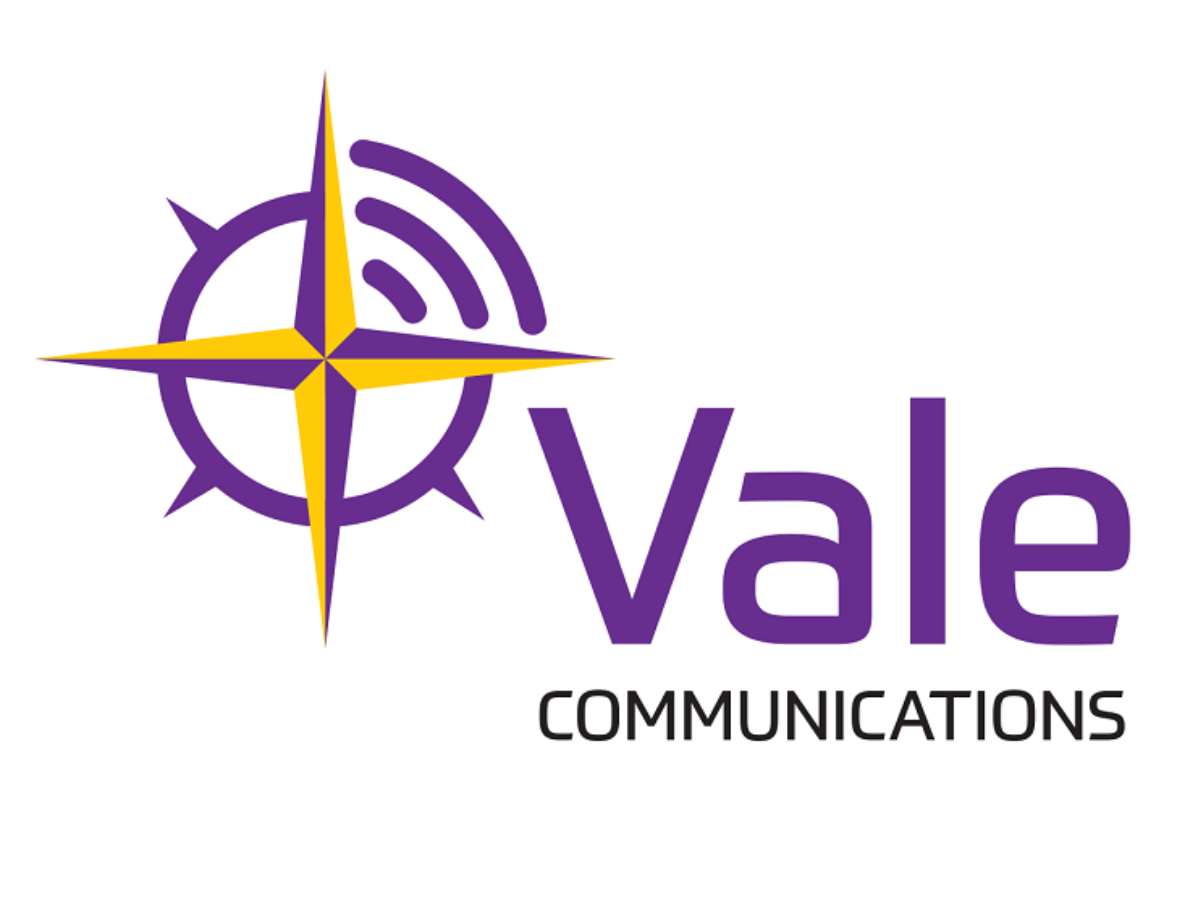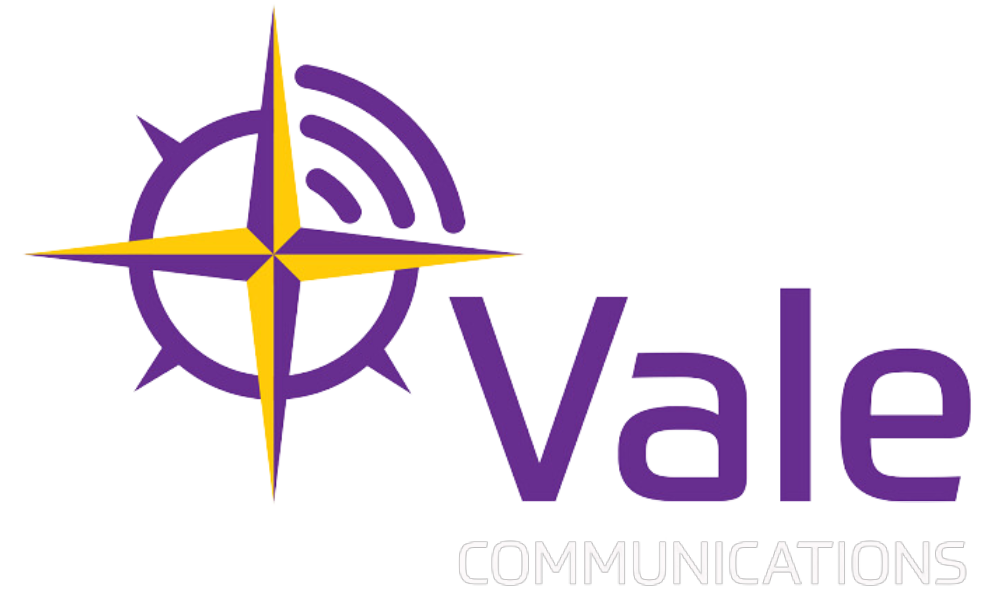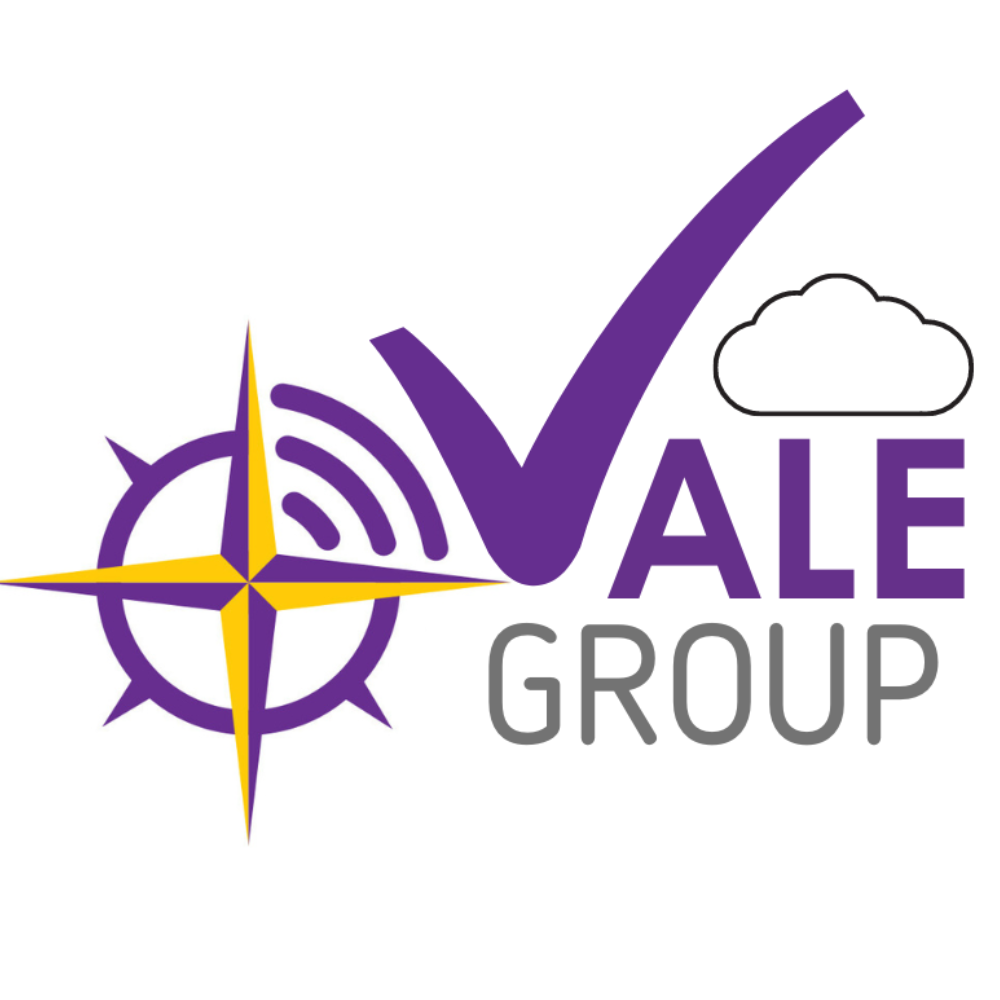Learn why full-fibre broadband is crucial for your business, what to expect during its rollout, when it may reach your area, and what alternative connectivity options you can explore to ensure you stay connected in the meantime.
As the demand for reliable and high-speed internet continues to rise, the rollout of full-fibre broadband across the UK is gaining significant attention. However, many businesses still lack access to this vital infrastructure, especially in rural areas. Understanding the benefits of full-fibre broadband, the timeline for wider rollout, and available alternatives can empower your business to make informed connectivity decisions
What is Full-Fibre Broadband? Full-fibre broadband, often referred to as Fibre to the Premises (FTTP), delivers internet directly to homes and businesses via fibre-optic cables. This technology provides superior speeds and reliability compared to traditional copper lines, enabling seamless online operations essential for modern business practices.
Current Rollout Progress The UK is making strides in expanding full-fibre broadband, with providers like Openreach and Virgin Media O2 committing to extensive rollout plans. According to Ofcom, full-fibre coverage reached approximately 64% of UK homes and businesses by mid-2023, with aims for 85% by 2025 However, many rural areas still lack access, so businesses must stay informed about upcoming improvements in their region to anticipate when they can expect full-fibre availability.
Why Full-Fibre Matters Businesses relying on digital tools for communication, e-commerce, and remote work will benefit immensely from full-fibre broadband. It provides faster download and upload speeds, reduced latency, and increased reliability, which are essential for video conferencing, cloud-based applications, and data-heavy tasks.
Alternatives for Businesses Without FTTP For businesses awaiting full-fibre availability, several alternatives can bridge the gap:
- Hybrid Solutions: Some businesses might consider a combination of services, using both 4G and leased lines to ensure uninterrupted connectivity during the transition to full-fibre broadband. This flexibility can help maintain productivity until full-fibre becomes available.
- 4G Mobile Broadband: This option can provide sufficient speeds for everyday operations and is particularly useful for remote workers. It can also serve as a backup for fixed-line connections.
- Leased Lines: A leased line offers a dedicated internet connection with guaranteed speeds and uptime. While generally more expensive, it can be an excellent option for businesses requiring reliable, high-speed connectivity.
Staying informed about the latest developments in broadband connectivity is crucial for optimizing your business operations. If you have questions about full-fibre broadband availability in your area or need guidance on interim solutions, please reach out to us. We’re here to help you navigate your connectivity options and ensure your business stays connected, regardless of the current infrastructure challenges.



